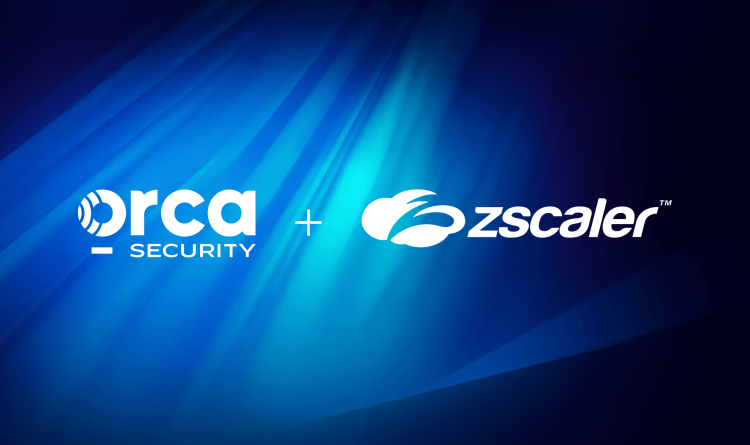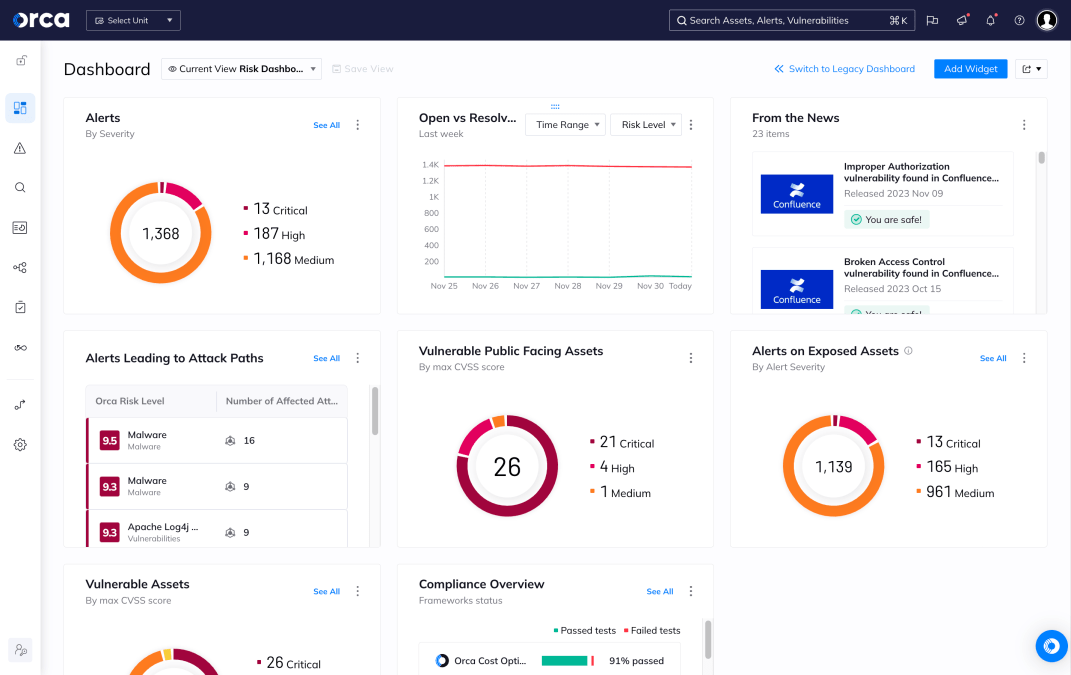Vulnerability assessment is the systematic process of identifying, analyzing, and prioritizing security weaknesses in an organization’s IT infrastructure, applications, and systems before malicious actors can exploit them. This proactive security practice involves automated scanning tools, manual testing techniques, and expert analysis to discover potential entry points that could compromise data integrity, system availability, or regulatory compliance. In cloud environments, vulnerability assessment becomes even more critical as organizations manage distributed workloads across multiple platforms, containers, and serverless functions where traditional perimeter-based security models no longer apply.
Why is it important?
Vulnerability assessment serves as a cornerstone of modern cybersecurity strategy because it transforms reactive incident response into proactive risk management. Organizations face an ever-expanding attack surface as they migrate to cloud platforms, adopt DevOps practices, and integrate third-party services into their technology stacks.
CISA maintains the authoritative source of vulnerabilities that have been exploited in the wild through their Known Exploited Vulnerabilities (KEV) catalog, which organizations should use as input to their vulnerability management prioritization framework. In cloud environments specifically, misconfigurations and unpatched systems create significant exposure risks that can lead to data breaches, compliance violations, and operational disruptions.
Regular vulnerability assessments help organizations maintain visibility into their security posture, meet regulatory requirements such as PCI DSS and SOC 2, and demonstrate due diligence to stakeholders and customers.
How does it work?
The vulnerability assessment process typically follows a structured methodology that combines automated scanning with expert analysis:
- Asset discovery: Identify all devices, systems, applications, and cloud resources.
- Scanning: Use vulnerability scanners to detect known vulnerabilities by comparing assets against databases such as MITRE’s CVE.
- Analysis: Evaluate findings using severity ratings like CVSS, taking into account asset exposure and business criticality.
- Prioritization: Rank vulnerabilities based on exploitability, exposure (e.g., public internet), and impact.
- Reporting and remediation: Generate reports that guide patching, configuration updates, or compensating controls.
Advanced assessment platforms also perform compliance checks against standards such as NIST CSF, CIS Controls, and ISO 27001. Integrations with CI/CD pipelines allow for continuous assessment as part of DevSecOps workflows.
Security risks and challenges
Cloud vulnerability assessment faces unique challenges compared to traditional on-premises environments:
- Dynamic infrastructure: Cloud resources scale automatically, containers spin up and down rapidly, and serverless functions are ephemeral.
- Multi-cloud complexity: Each cloud provider has distinct APIs, security models, and configurations.
- Shared responsibility confusion: It’s often unclear whether the organization or the provider is responsible for patching or securing a component.
- False positives: Overwhelming alerts can desensitize teams and lead to missed real threats.
- Shadow IT: Unapproved apps and services may introduce hidden vulnerabilities.
- Tool limitations: Traditional vulnerability scanners may not work effectively in cloud-native environments.
According to the 2025 State of Cloud Security Report, each cloud asset contains 115 vulnerabilities on average, and most organizations are now dealing with at least one vulnerability 20 years old.
Best practices and mitigation strategies
To build an effective vulnerability assessment program, organizations should adopt the following best practices:
- Implement continuous monitoring:
- Run scans automatically upon deployment or configuration changes.
- Schedule regular assessments to cover all cloud accounts and regions.
- Integrate into DevOps workflows:
- Embed scanning into CI/CD pipelines.
- Conduct code-level security testing before production deployment.
- Use risk-based prioritization:
- Focus on assets that are internet-facing or host sensitive data.
- Incorporate KEV and SSVC frameworks for contextual prioritization.
- Ensure full coverage:
- Include third-party integrations, ephemeral containers, and serverless functions.
- Scan unmanaged assets or those not previously inventoried.
- Document remediation:
- Track mitigation steps, accepted risks, and remediation timelines.
- Use reports to support audits and compliance reviews.
- Train security and DevOps teams:
- Ensure that remediation is properly executed.
- Promote shared responsibility across teams.
How Orca Security helps
The Orca Cloud Security Platform continuously scans cloud environments—including AWS, Azure, Google Cloud, Oracle Cloud, Alibaba Cloud, and Kubernetes—for vulnerabilities across runtime and development environments.
With Orca, organizations can:
- Leverage more than 20 vulnerability data sources to detect and prioritize vulnerabilities across your entire cloud estate.
- Perform Reachability Analysis to prioritize vulnerable packages that attackers can actually exploit in runtime
- Take advantage of AI-driven capabilities to remediate vulnerabilities fast and easily—and from Cloud-to-Dev
- Integrate security findings with SCM platforms and ticketing systems to streamline remediation
By providing full-stack visibility with contextual prioritization, Orca enables security teams to enhance their vulnerability management programs and reduce the likelihood of exploitation.



